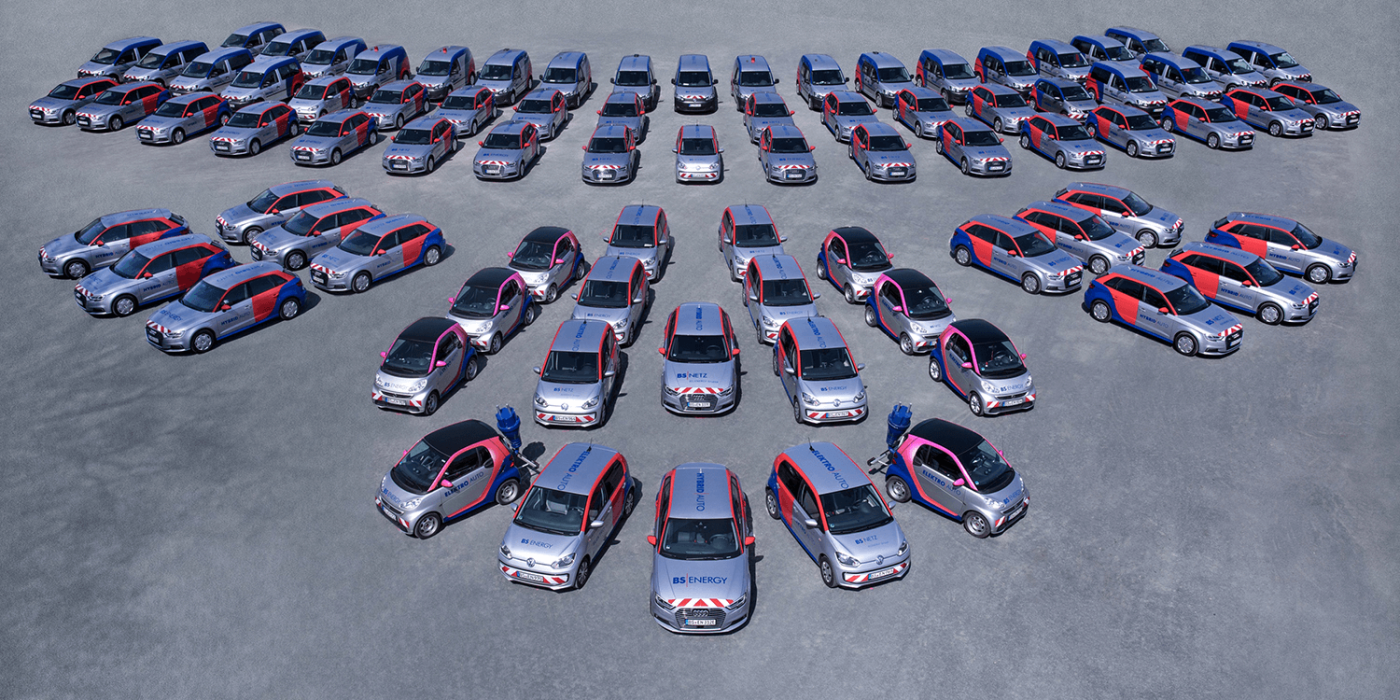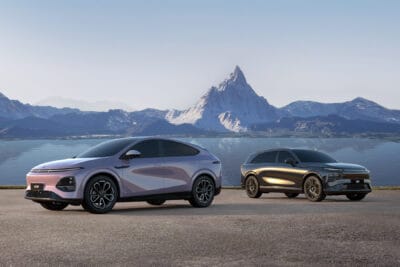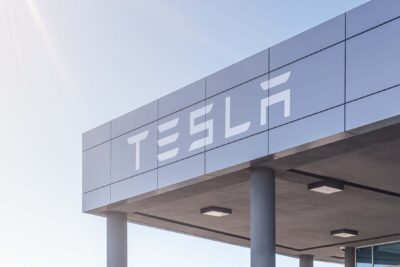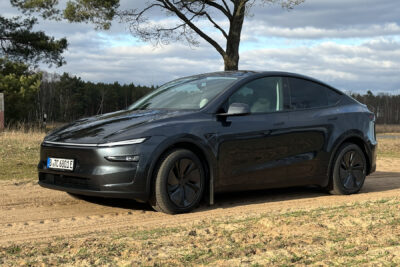EY data model: 24x more fleet electric vehicles by 2030
The EY consultancy coproduced a new report with Eurelectric looking at electrification in Europe. The consultants identified fleets as having the largest potential for electrification – in particular if incentivised effectively.
For the report, Ernest&Young collected data from a large number of sources. Government and market reports, their own projections and fleet data, as well as expert interviews, weave together to paint the state of e-mobility in Europe and the potential for more.
Their results in fleets remain most striking as they interviewed about 20 of what EY considers Europe’s leading fleet managers, from companies such as Vattenfall, Centrica, British Volt or Iberdrola. Combined with numbers, EY predicts a 24-fold increase in the total electrified fleet by 2030. As the analysts predict 15% growth anticipated by 2030, the fleet size in Europe would rise to 10.5 million electric vehicles (out of a total of 73Mn including ICE).
To identify this potential, they came up with a data-based model. They looked at the make-up and characteristics of 600 fleets operating across 16 industry segments. For that study carried out by EY in November 2020, they assessed two metrics: fleet vehicles per employee and fleet make-up.
In the new paper, they determined that the size of the opportunity for electrification – read potential to switch to EV – is equivalent to the market characteristics, i.e. vehicle availability and price point, plus fleet operational characteristics. The latter considers ease of charging, route make-up or energy requirements, i.e. a vehicle’s load or operations intensity.
At the moment, market and operation characteristics make electrification of use cases such as company cars, rental vehicles, and taxis most likely. These vehicles make up more than half (59%) of the total EV fleet parc, according to Ey, and will continue to increase. Also, last-mile delivery fleets with small vans have good potential and penetration (38%) whereas short, and long-haul transport suffers from a lack of vehicle availability and adequate pricing and energy requirements and other factors. The same goes for public and special purpose vehicles, although it remains unclear what Ey includes in these categories. Buses have a high potential, according to the report. Here they even expect the bus segment to “electrify fastest, with 42% of the total bus parc electrified by 2030.”
Factors that facilitate fleet electrification
Apart from the actual fleet and market make-ups, Ey also looked at other factors that determine the transition to electric transport. Talking to fleet managers and looking at their work so far, they identified that electric transition tends to be experimental at first. Companies would electrify a small percentage of vehicles to test driver sentiment, vehicle suitability, TCO and depot charging capabilities, Ey says. The reasoning behind is ensuring a seamless driving experience that mostly “equals or betters the ICE alternative,” in the analysis. Once that is ensured, fleet managers will progressively replace ICE vehicles with EVs as leases expire.
During this progression, Ey also sees four phases, assess, introduce, operate, and scale-up. In practice, this translates to adding a small number of electric vehicles as a trial. Here, feedback and monitoring are essential before deciding to scale up and assess the success of the fleet migration strategy.
Obviously, any decision will take into account the TCO that is key to any fleet. Ey suggests that fleet buyers “exercise their bulk purchasing power to secure lower upfront vehicle costs and reduce the total cost of EV ownership or lease.”
Here, another factor comes in that lies outside their control or the market – governmental action. Ey here stresses that “generous grants and incentives by some governments will further lower the TCO of EVs and help to bridge the cost gap with ICE vehicles.”
Regulation is also identified as a key driver for electrification and to reach 73 million vehicles in fleets by 2030. Ey speaks of carrot-and-stick policies with incentives or tax rates being matched by regulations such as low emission zones. As of 2019, there were nearly 300 low-emission zones in Europe, across a dozen countries, according to their research.
Finally, charging infrastructure and clean energy will be essential to any transport turnaround, and Ey dedicated the entire chapter 5 to the matter. They also stress the importance for fleet managers to factor these costs in when electrifying their fleet.
The Ey report is informed by experts at the European energy industry body Eurelectric and its Working Group e-Mobility. EY professionals have curated it and added expertise from industry professionals.
Update: An earlier version of this article had seen 73 million more electric vehicles in fleets; this was the total fleet growth, including ICE, and likely a potential wishful reading on our part.
ey.com (full report as pdf, fleet chapter 4)





1 Comment